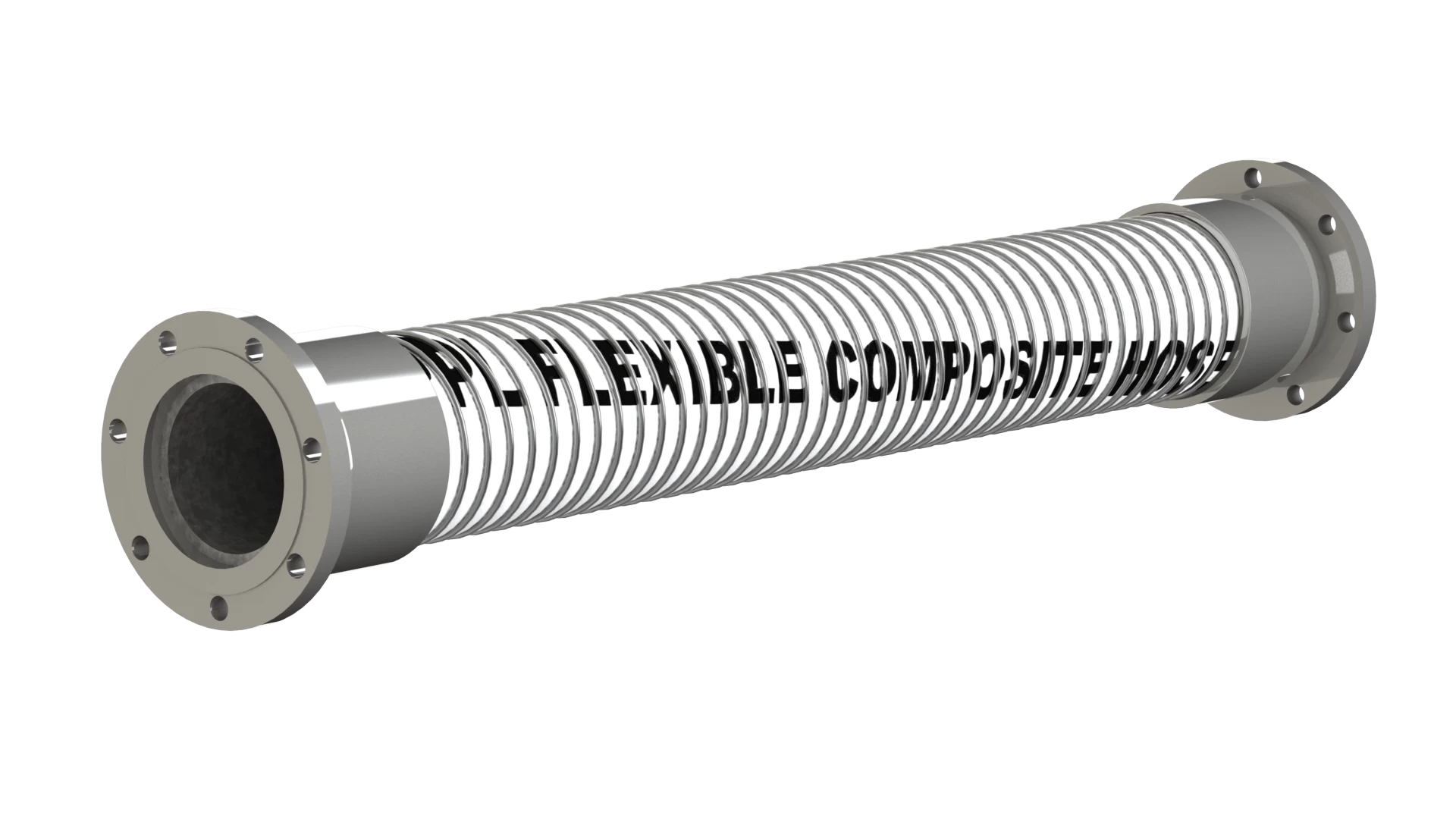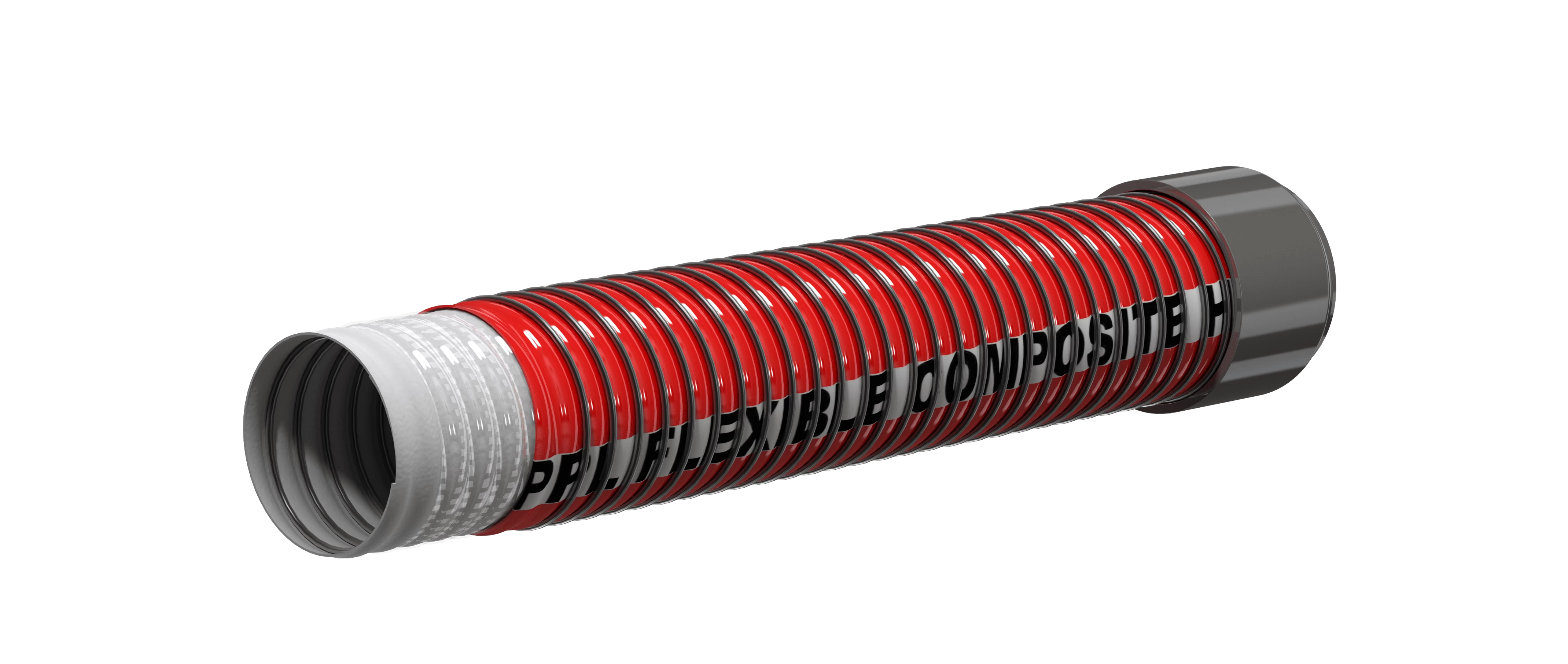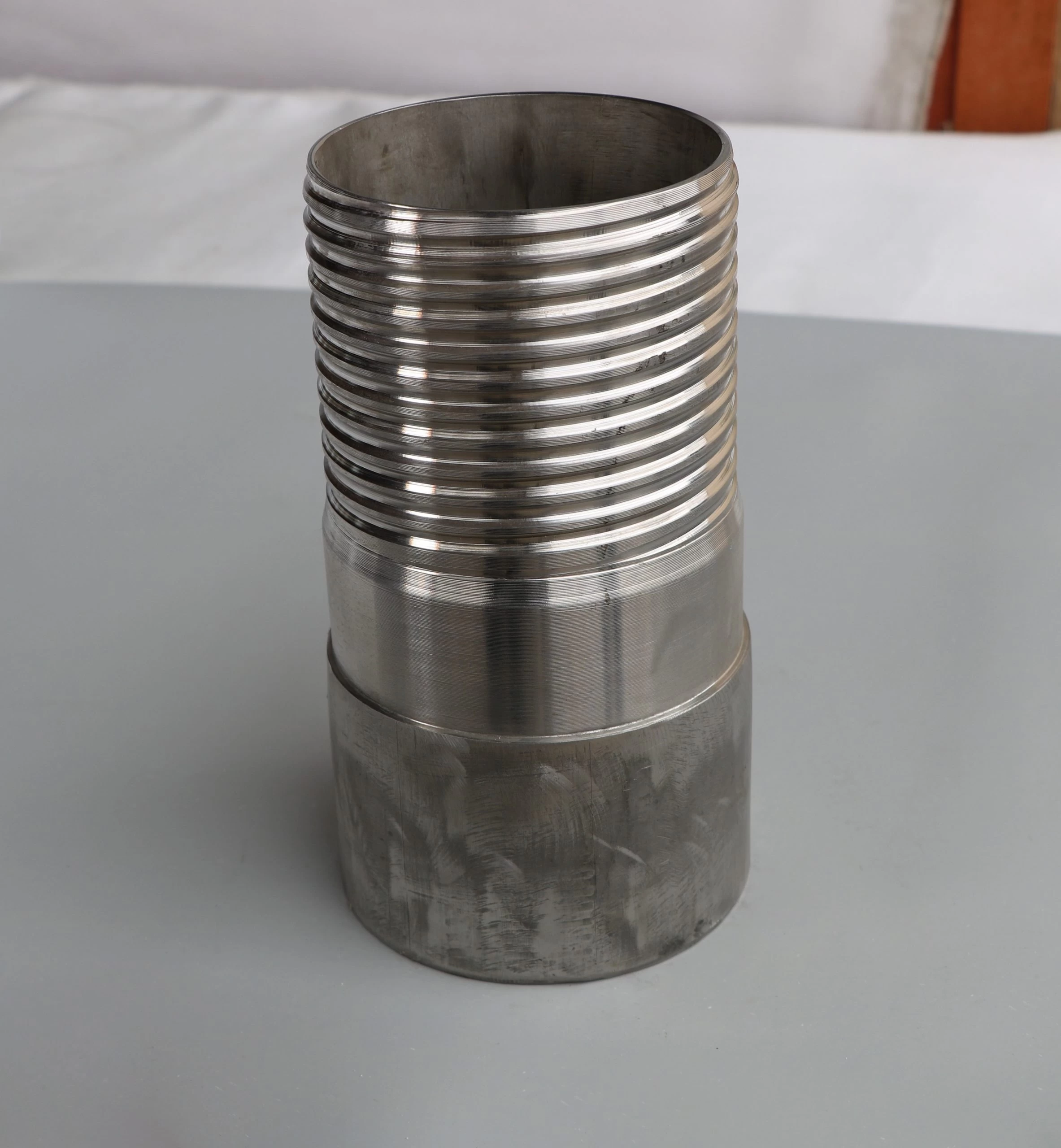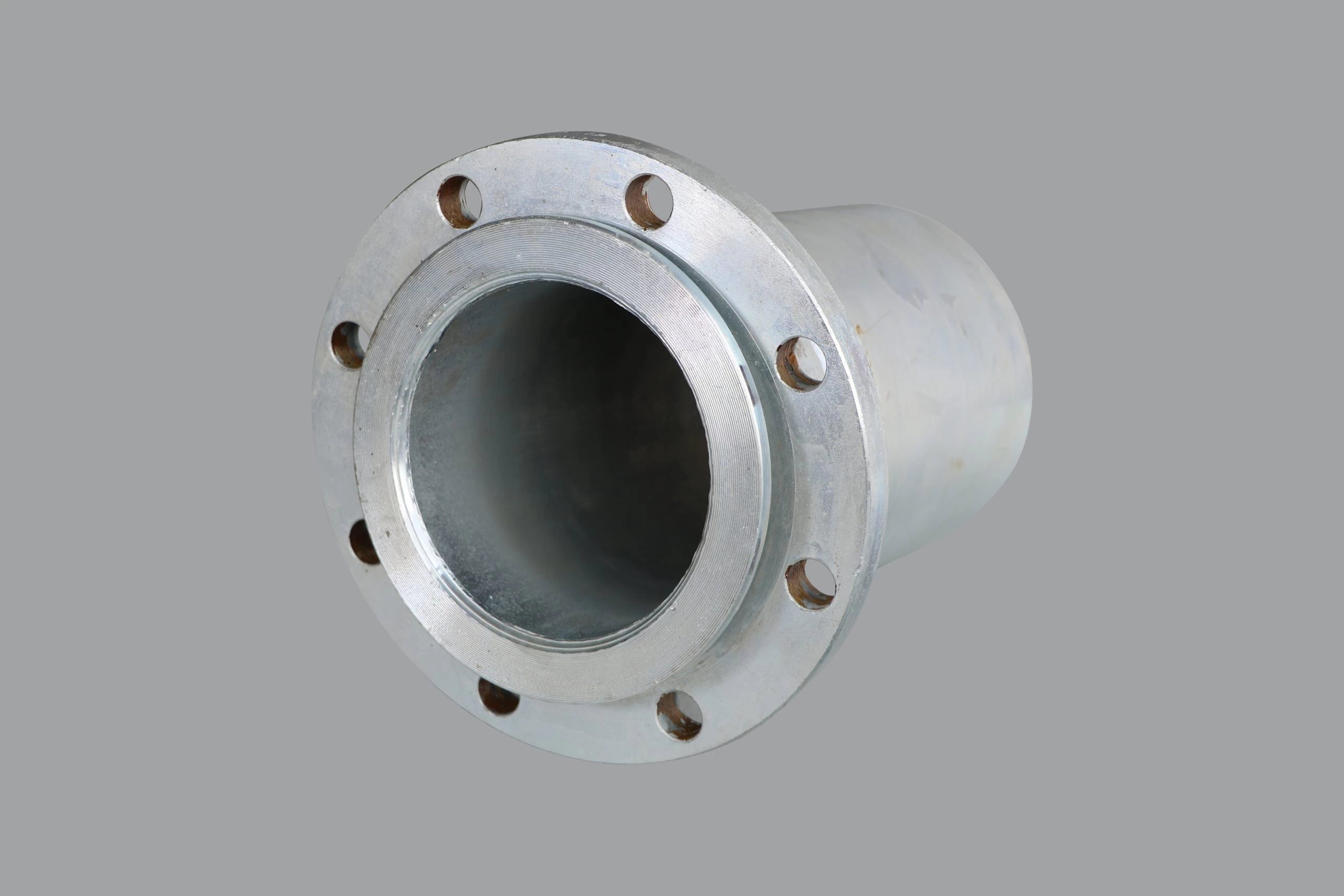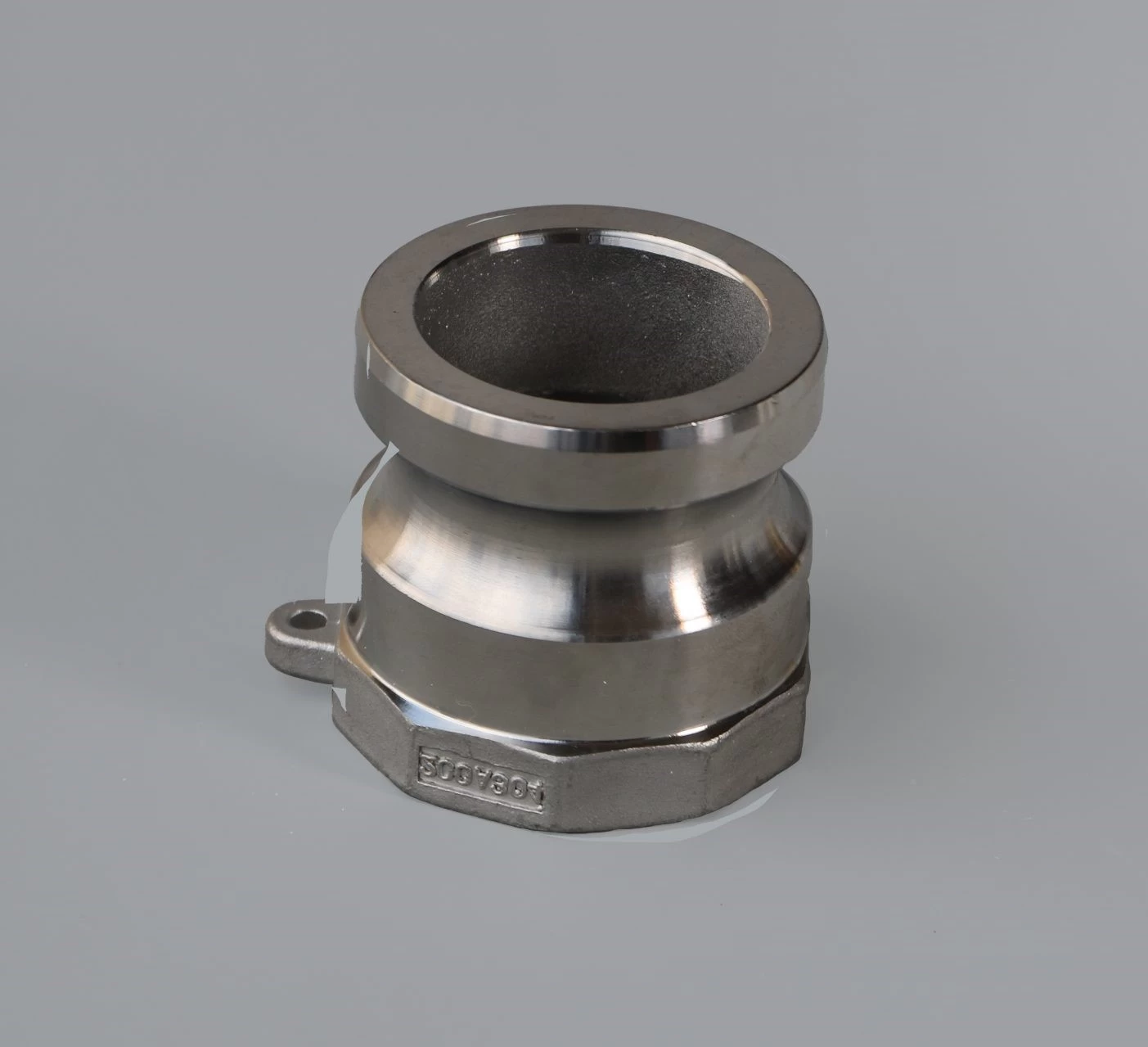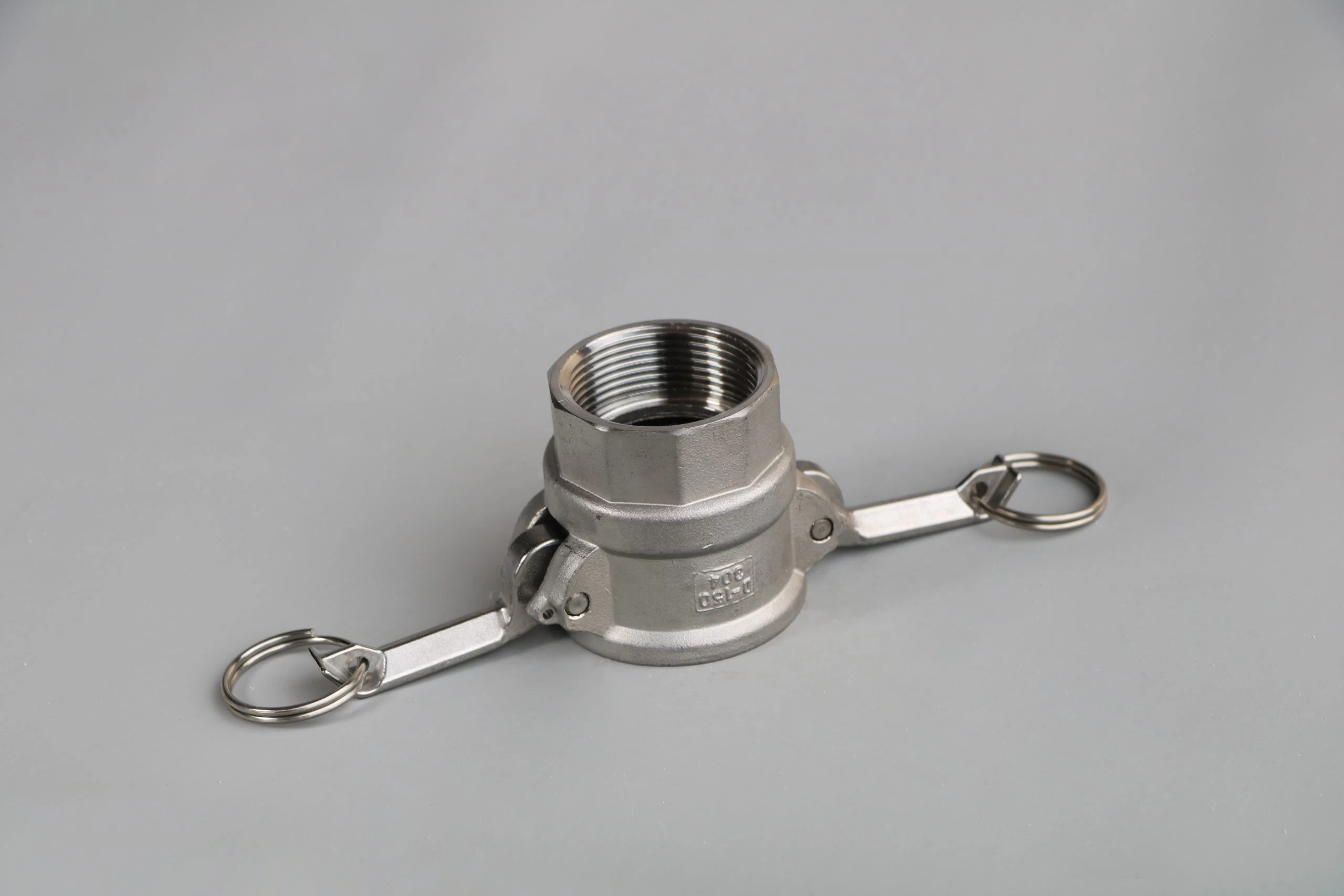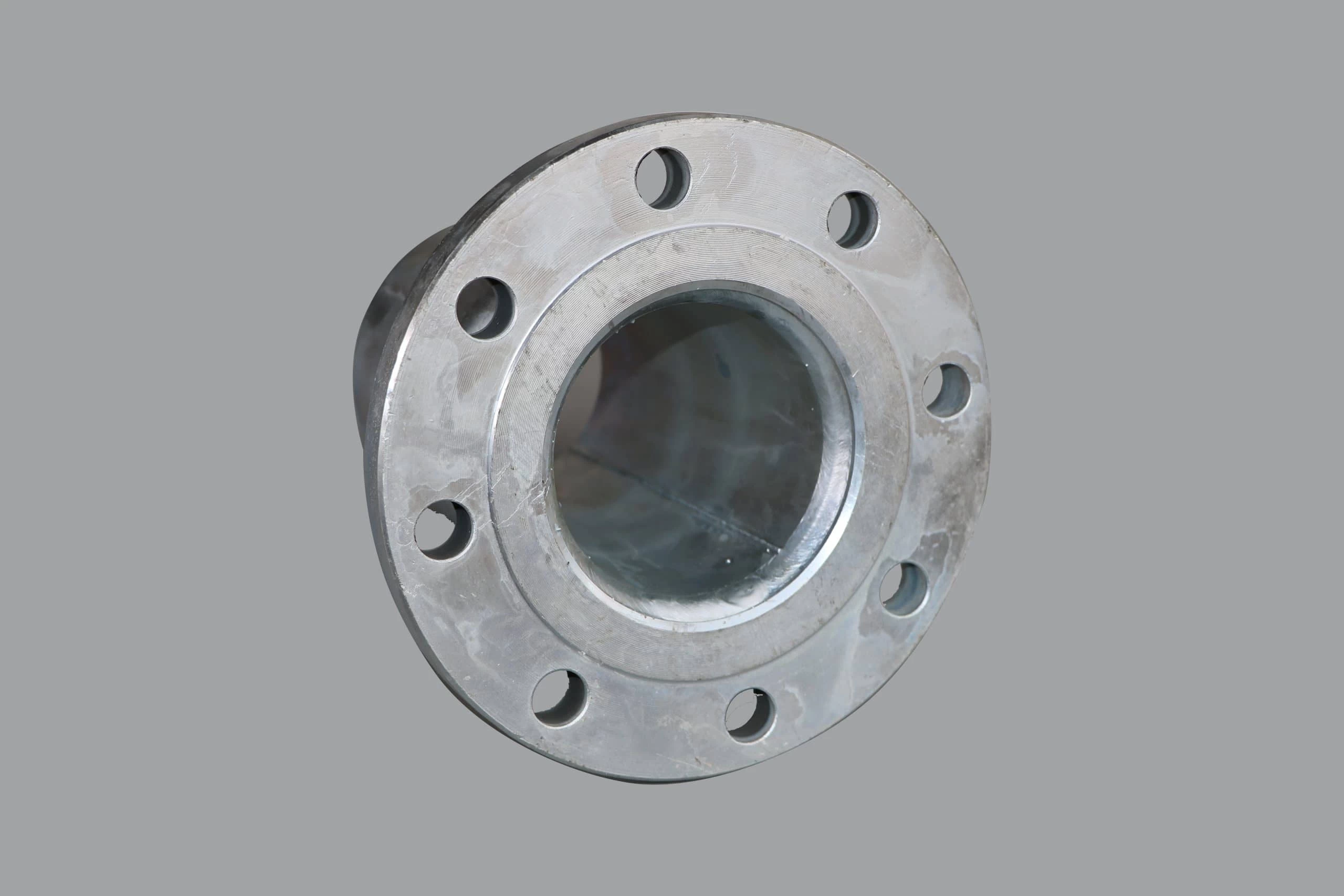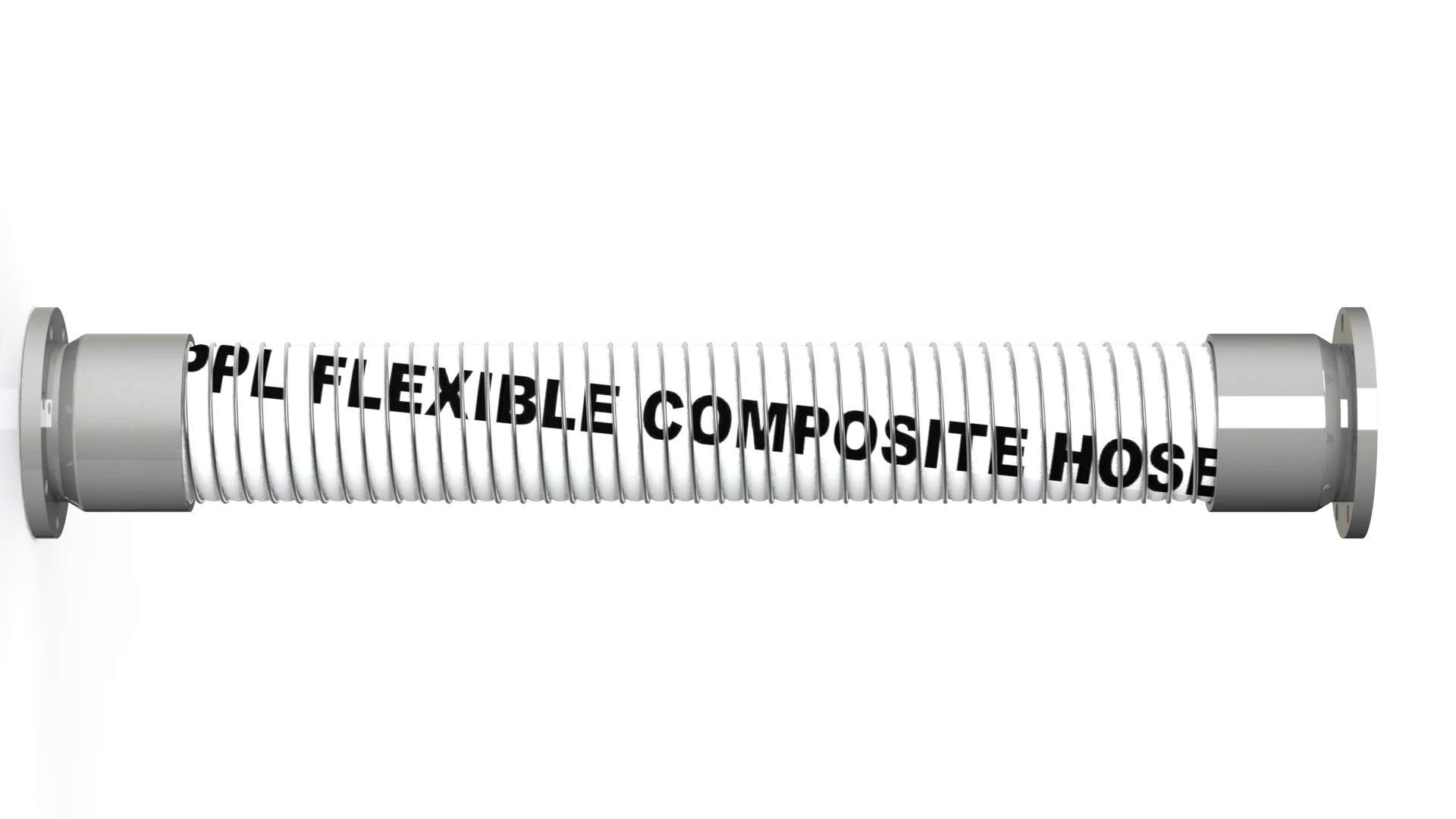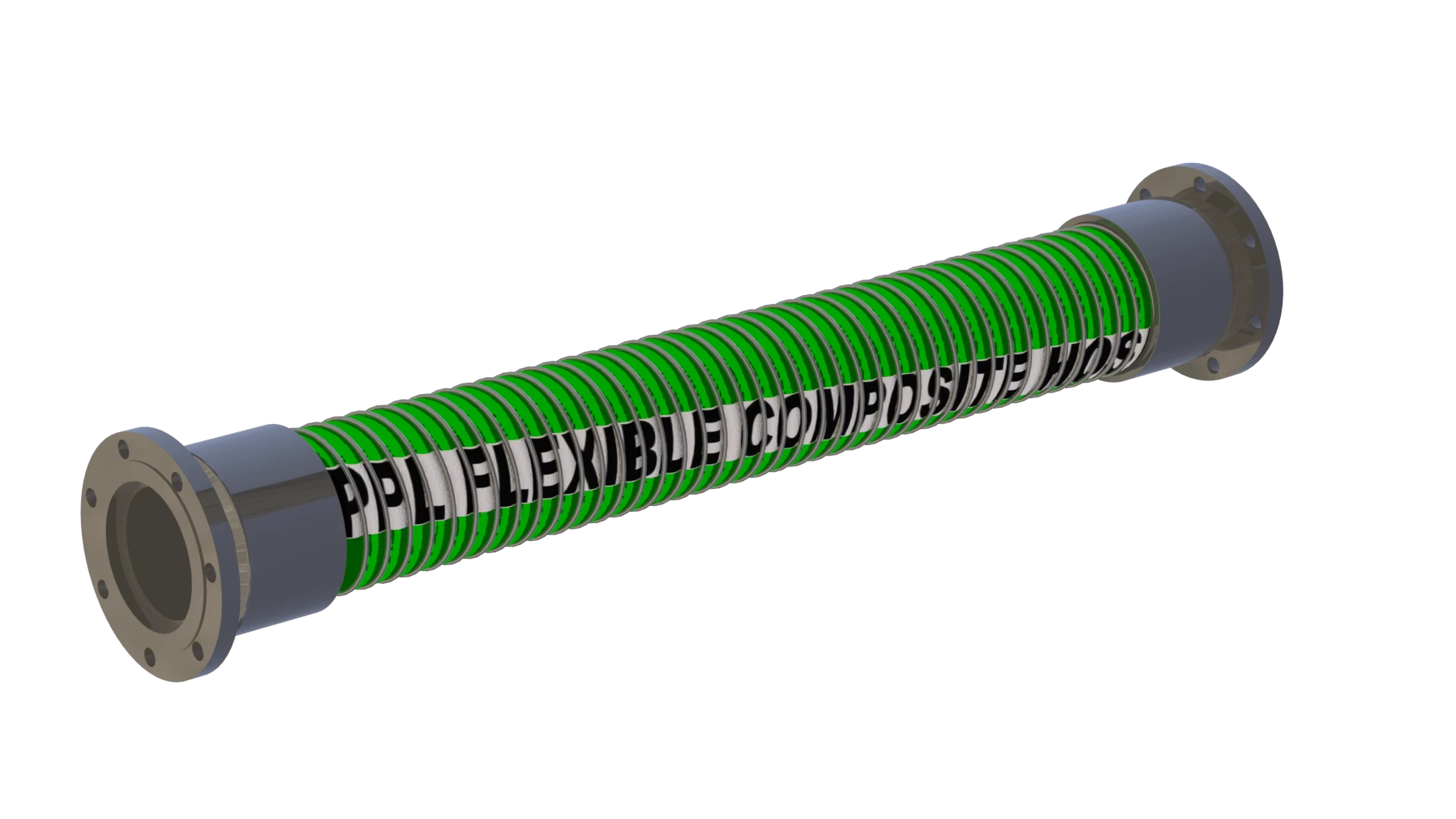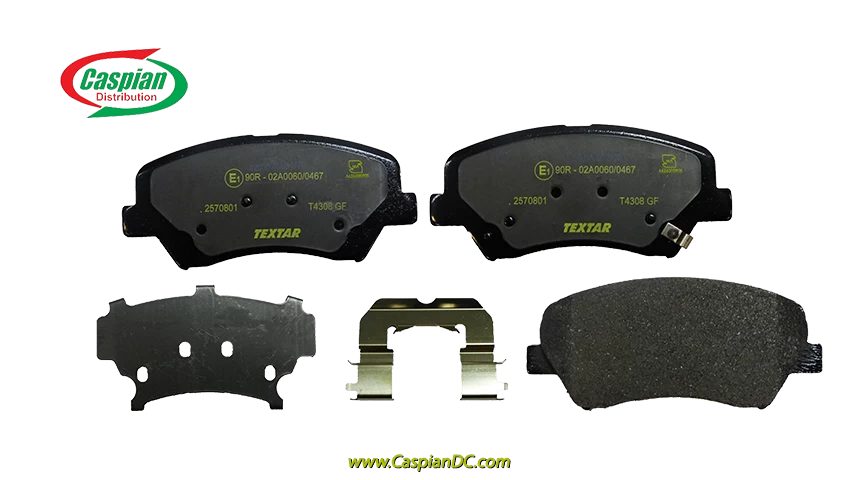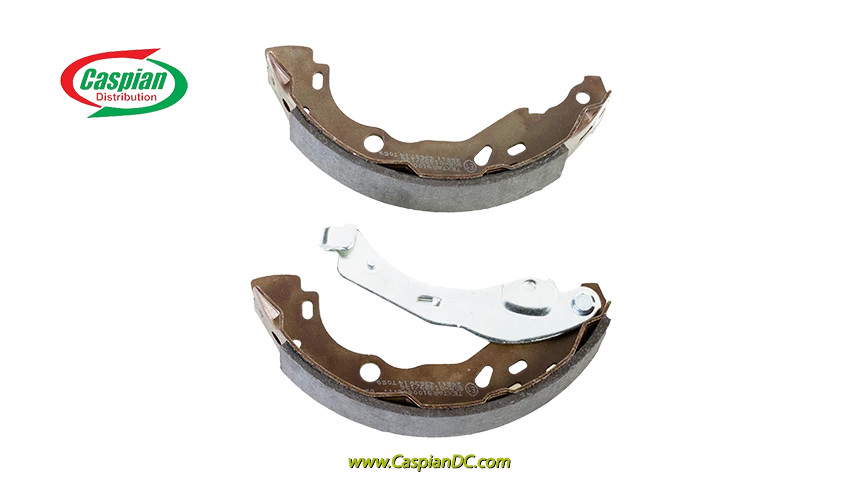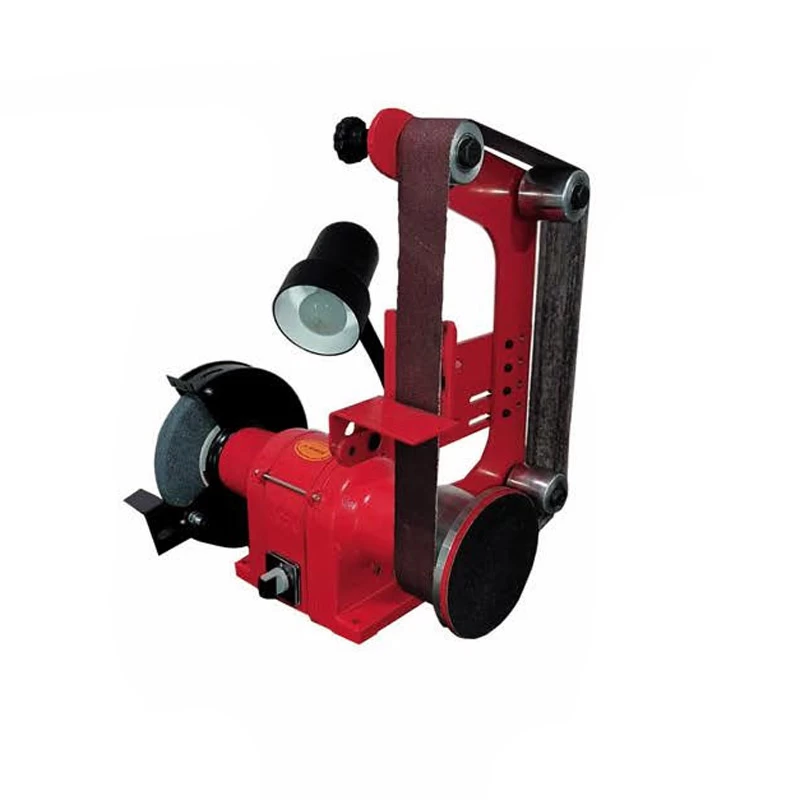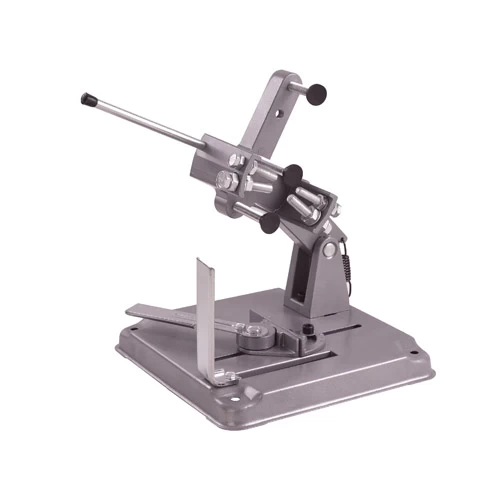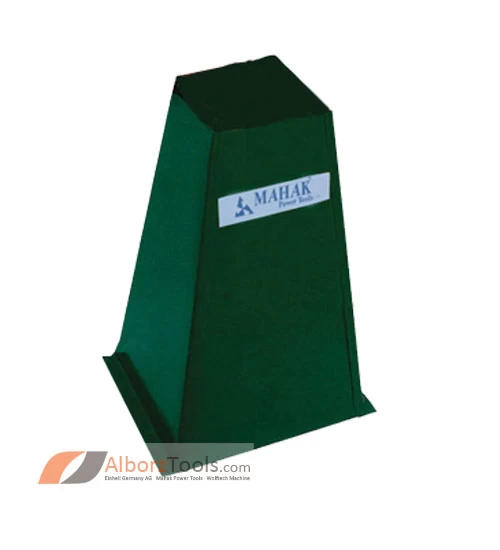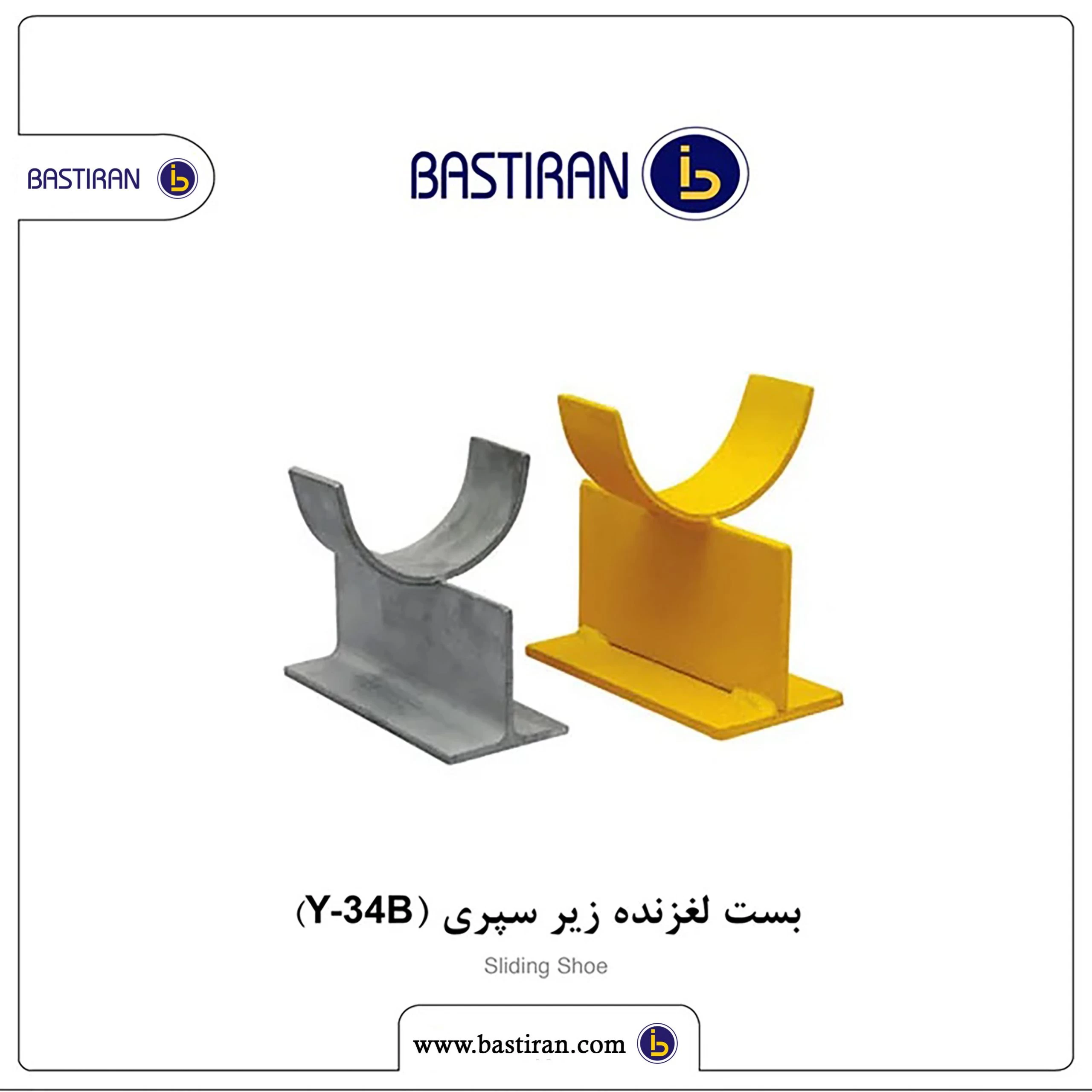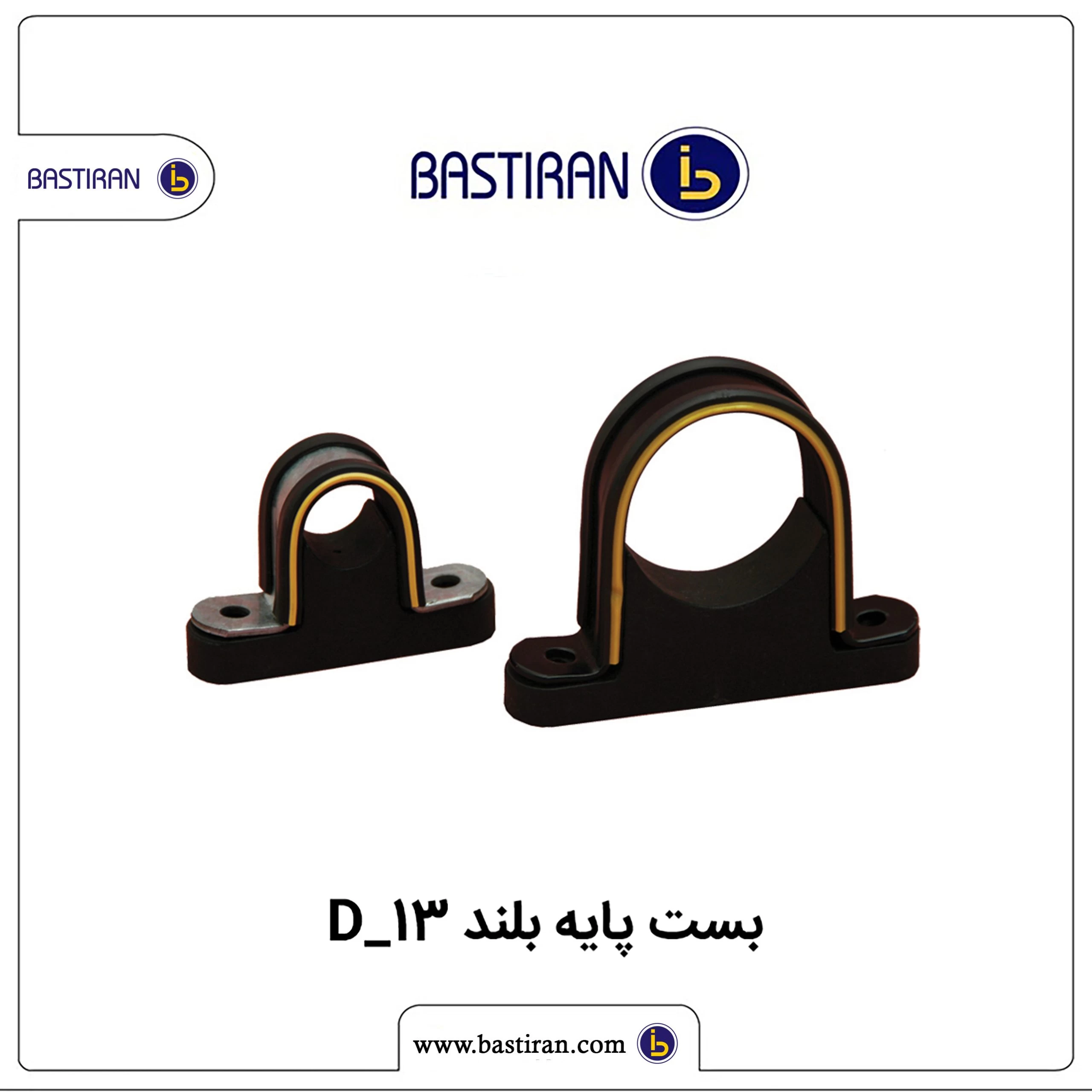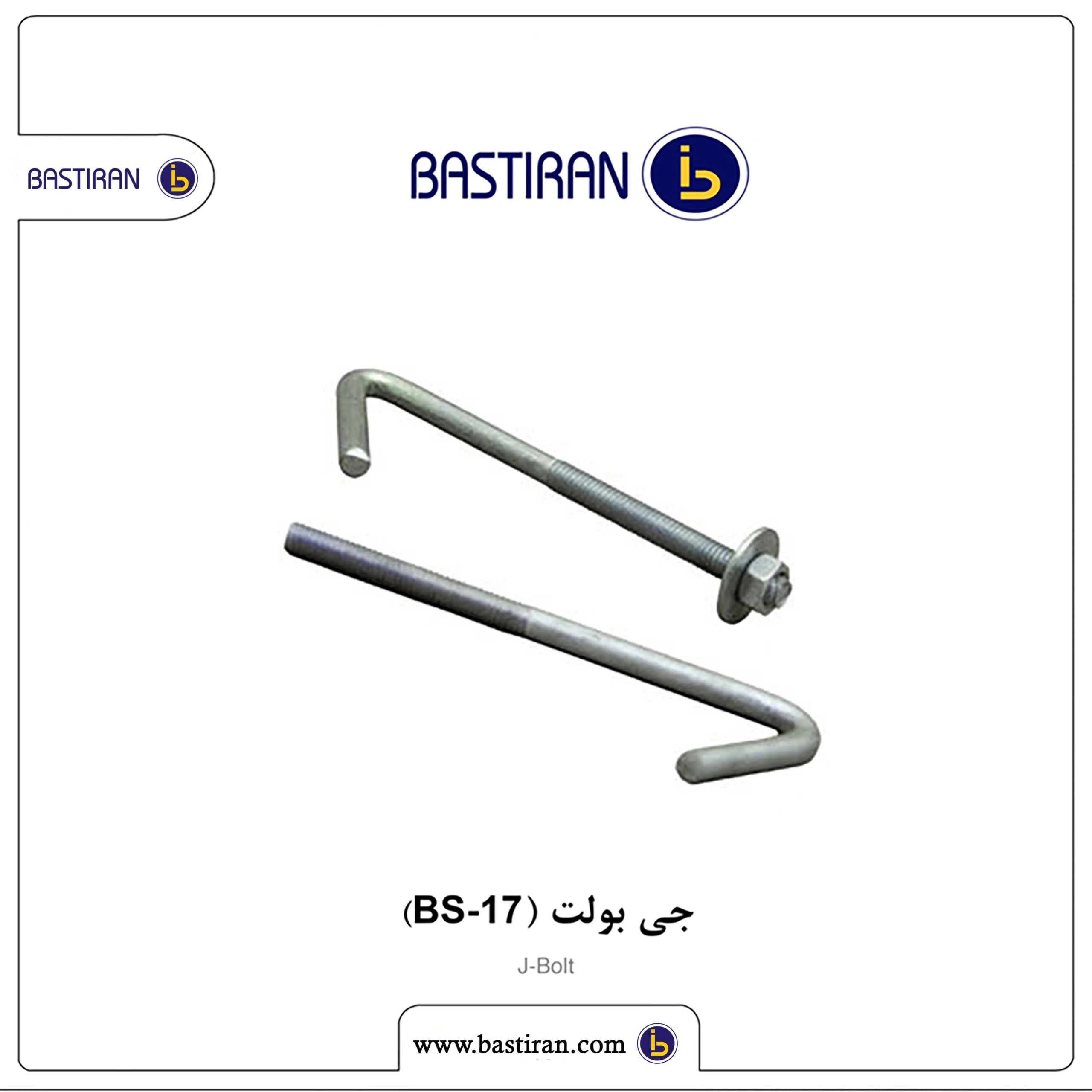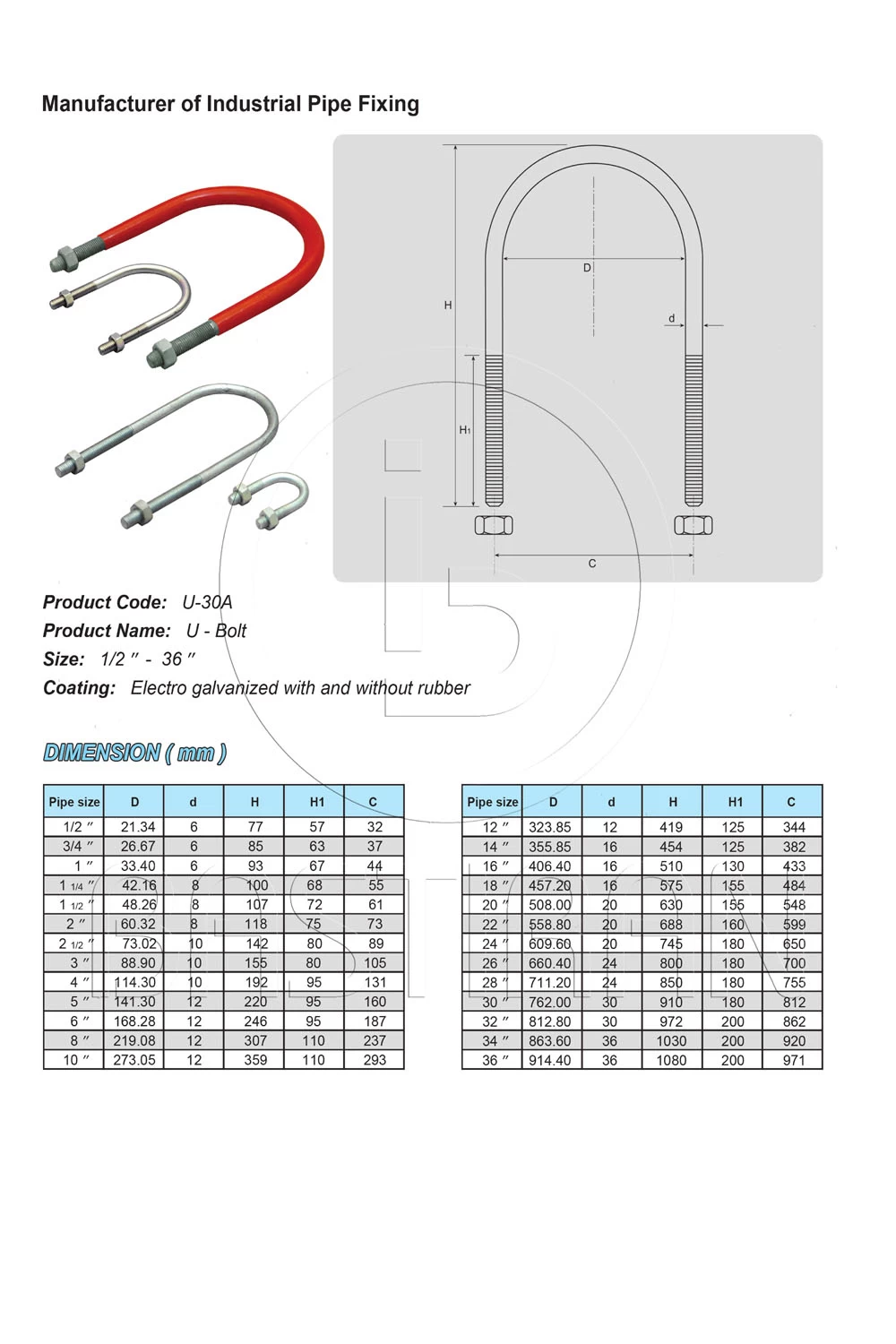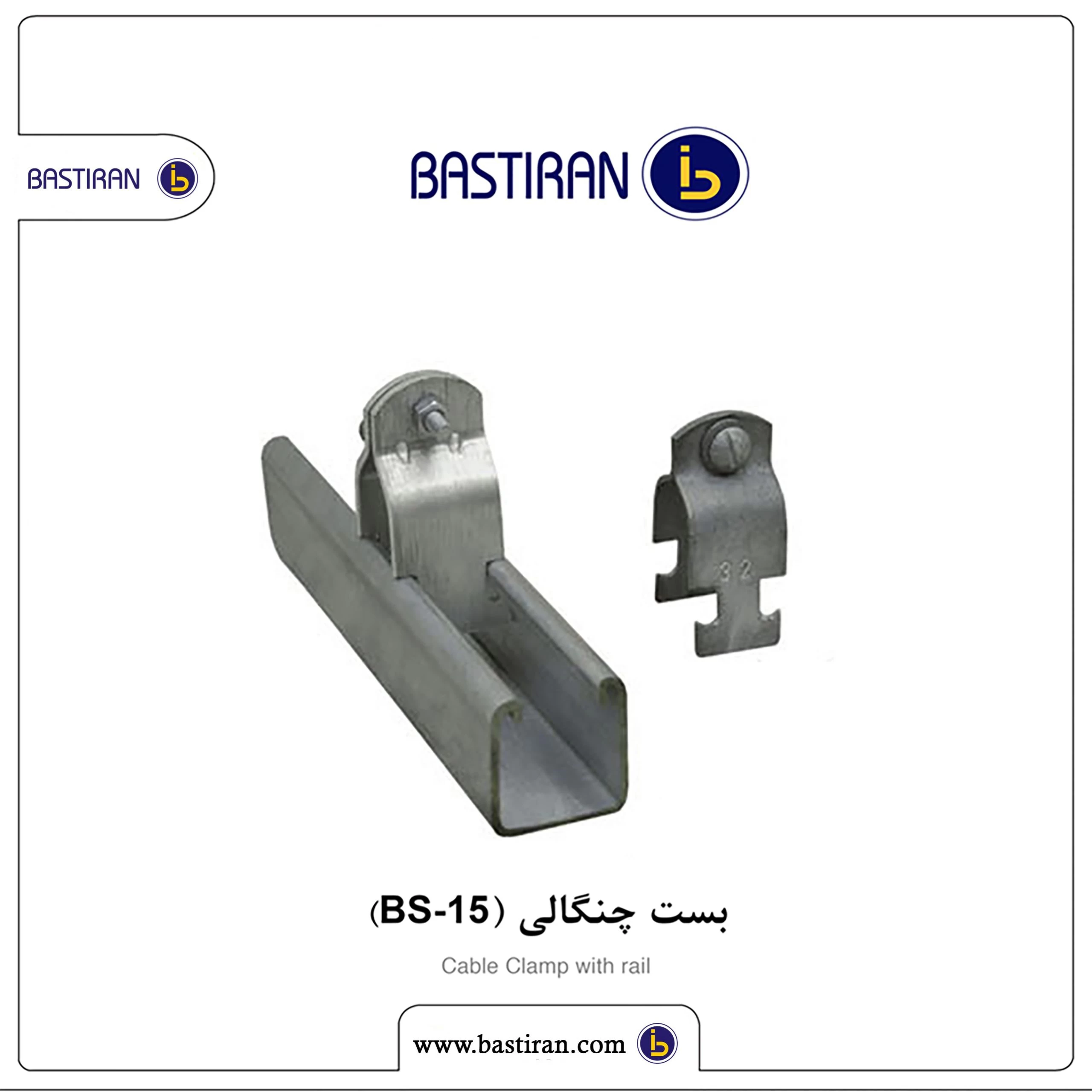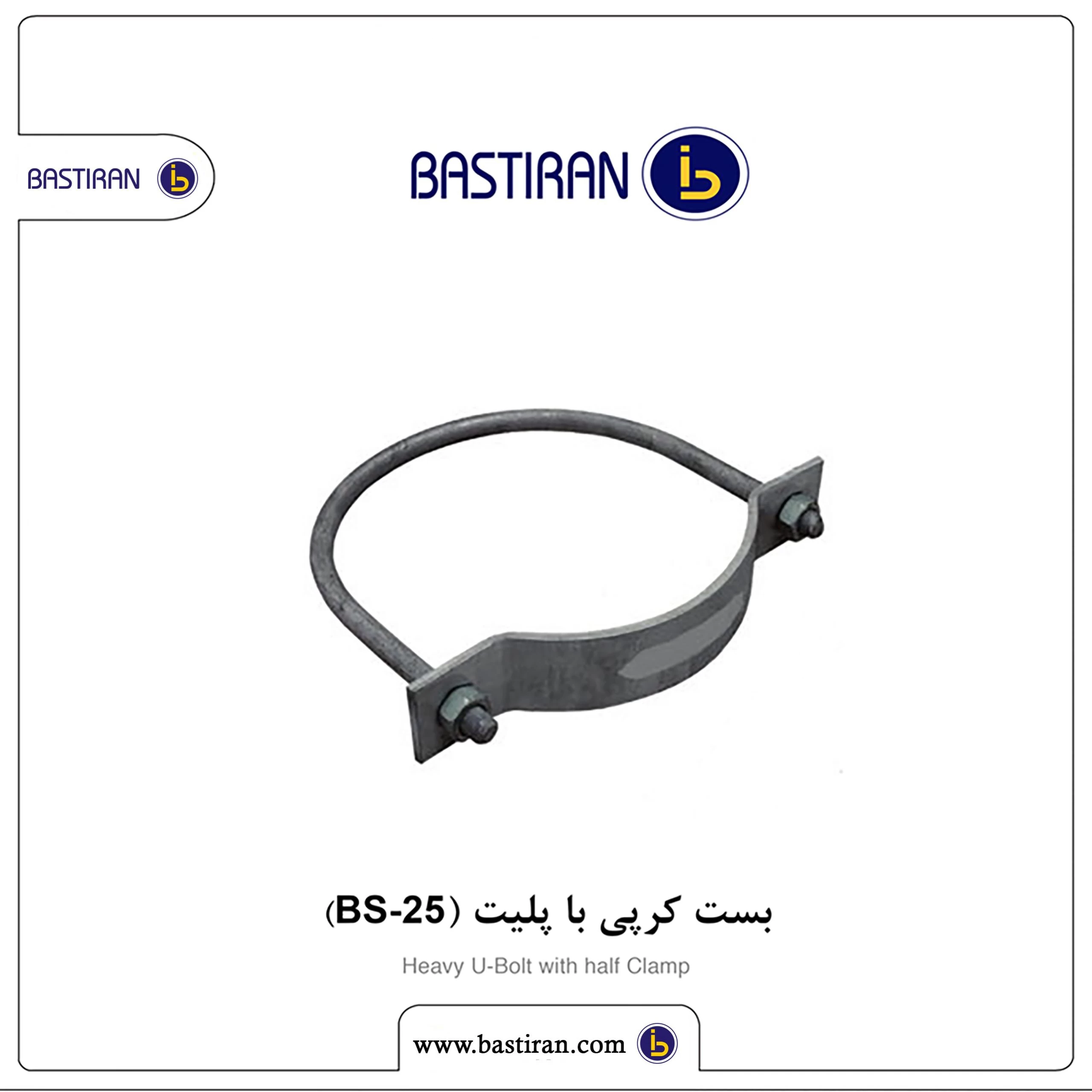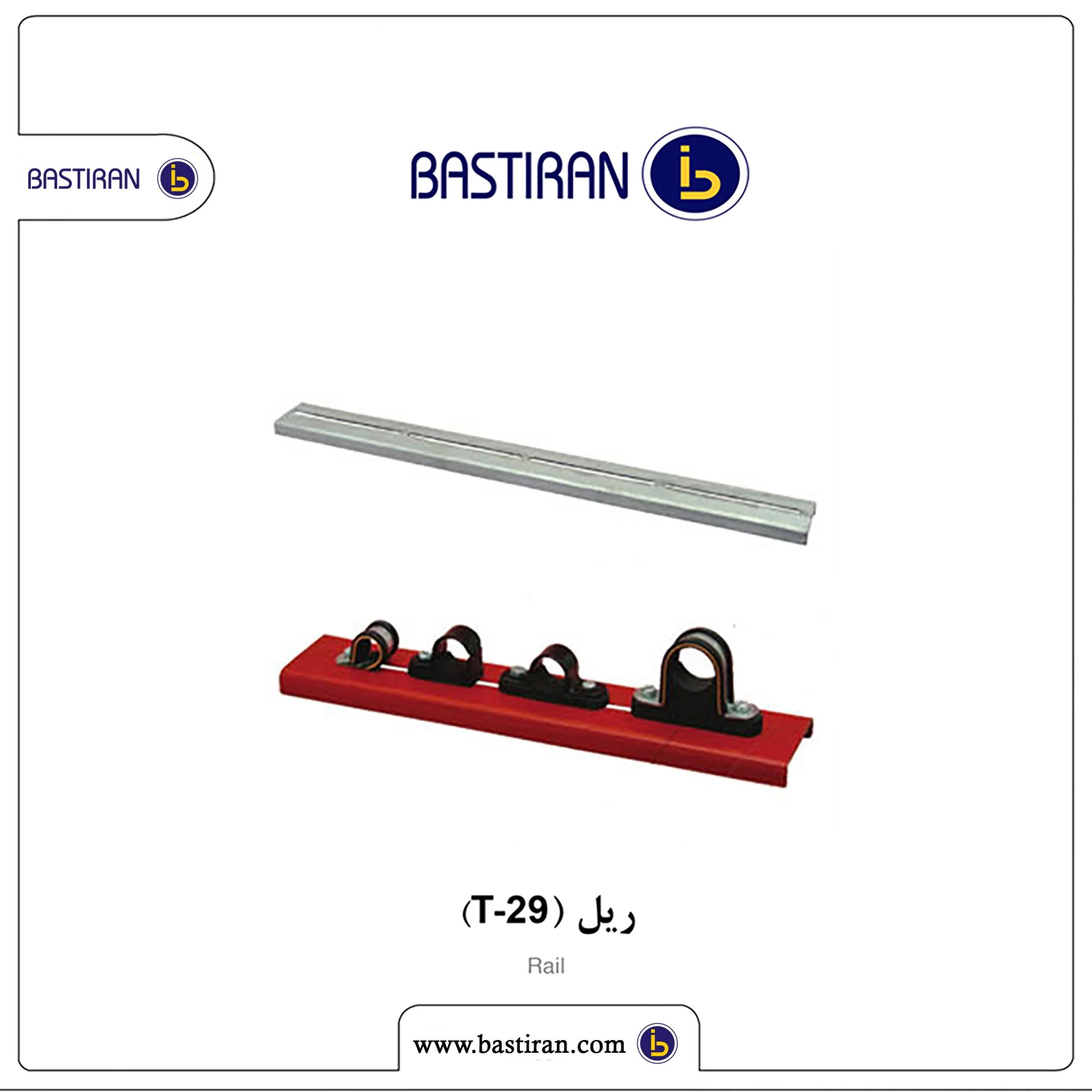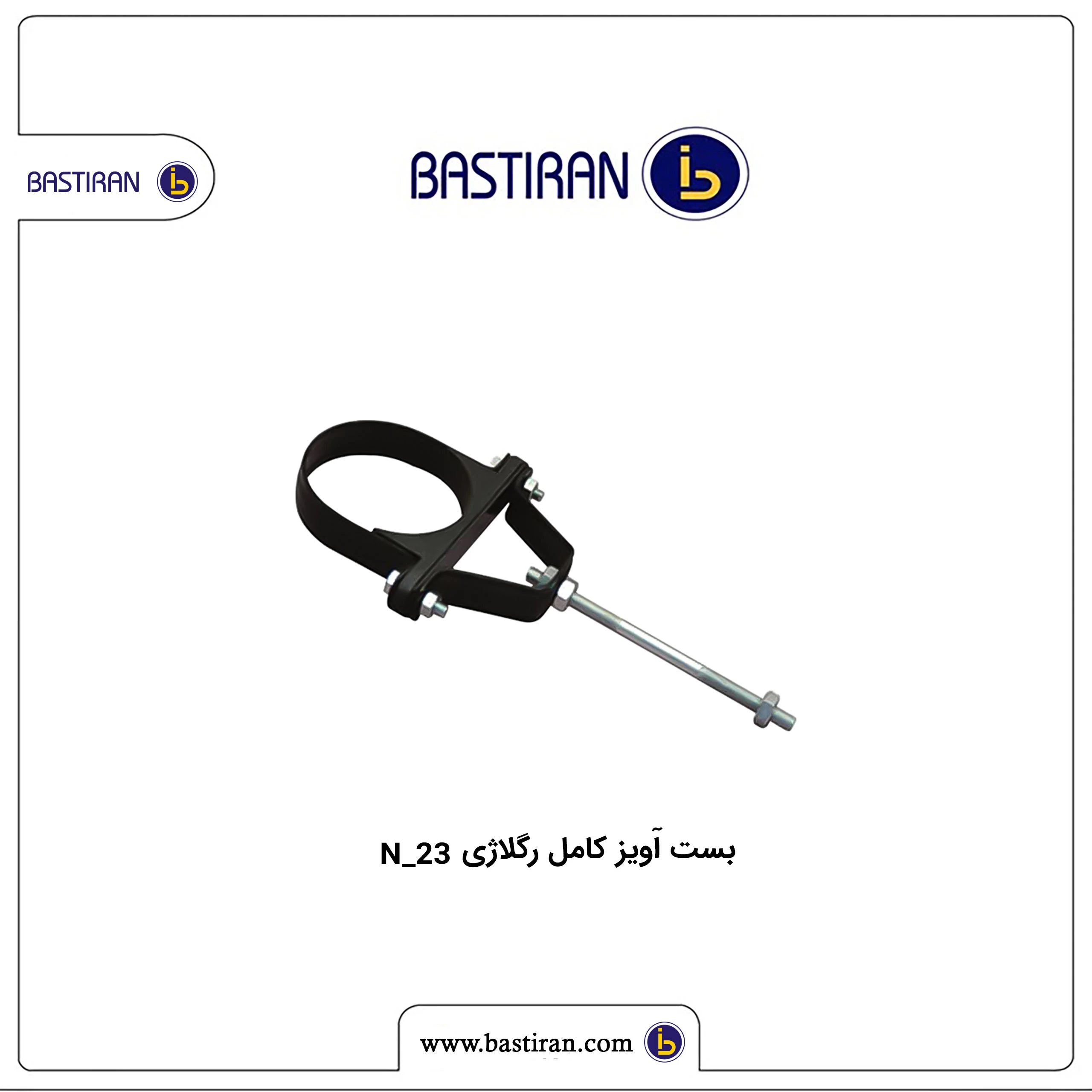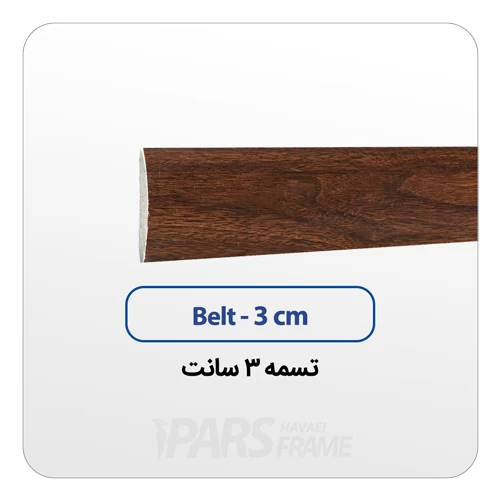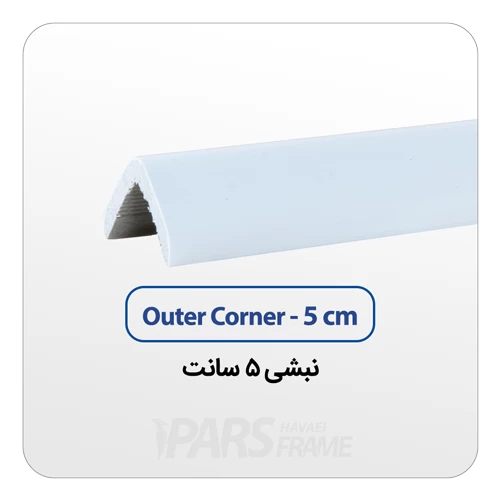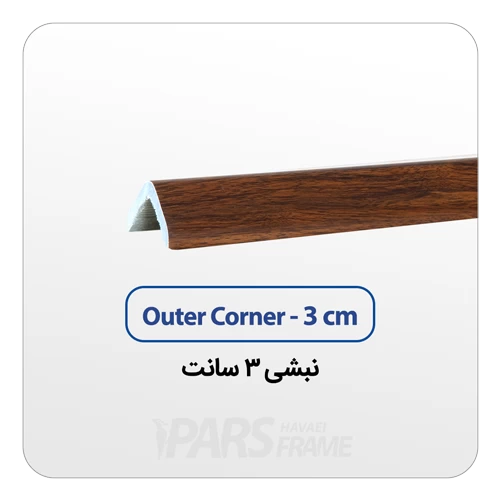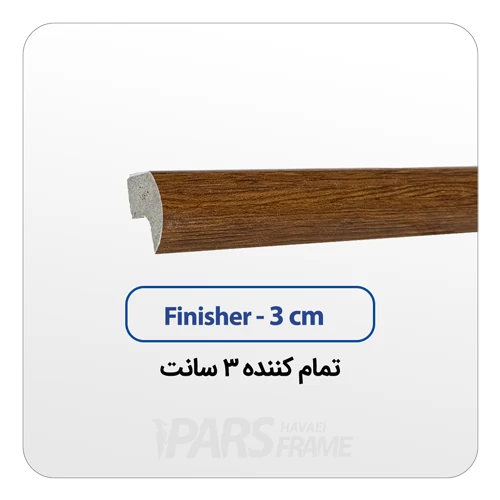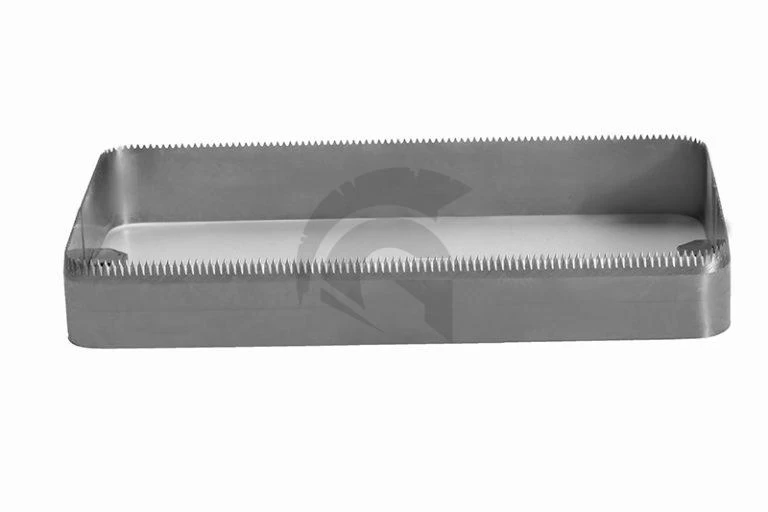Other Tools
Hardware tools can encompass a wide range of items used for various tasks. Here are some common categories of hardware tools:
1. Hand Tools: These include items like hammers, screwdrivers, wrenches, pliers, and hand saws.
2. Power Tools: These are tools that are powered by electricity, air, or other means, such as drills, saws, sanders, and grinders.
3. Measuring Tools: Tools used for measuring include tape measures, rulers, calipers, and levels.
4. Cutting Tools: These include items like knives, scissors, utility knives, and bolt cutters.
5. Fastening Tools: Tools used for fastening materials together, such as nails, screws, bolts, nuts, and rivets.
6. Safety Equipment: This includes items like gloves, goggles, helmets, ear protection, and masks.
7. Tool Storage: Organizational items such as toolboxes, cabinets, and shelves to store and organize tools.
Power tools are tools that are powered by electricity, batteries, or compressed air, rather than being operated manually. Unlike hand tools, which rely on physical force exerted by the user, power tools use external power sources to perform tasks. Power tools can range from small, handheld devices like electric drills and sanders to larger, stationary machines such as table saws and power lathes. They are commonly used in construction, woodworking, metalworking, automotive repair, and other industries where efficiency and precision are important. Some examples of power tools include electric drills, circular saws, angle grinders, pneumatic nail guns, and power sanders. Power tools offer increased speed, power, and automation compared to hand tools, making them essential for many professional and DIY applications.
Measuring tools are instruments used to determine the dimensions, size, or quantity of objects or spaces accurately. They are crucial in various fields such as construction, engineering, manufacturing, carpentry, and many others. Measuring tools come in a wide range of types and designs, each suited to specific measurement tasks.
_1710864903.jpg)
Some common examples of measuring tools include:
1. Tape Measure: A flexible ruler used for measuring distances or lengths, typically made of metal, plastic, or cloth.
2. Ruler: A straight-edged measuring instrument, often marked with units of measurement such as inches or centimeters.
3. Caliper: A device used to measure the distance between two opposite sides of an object, commonly used in machining and engineering.
4. Micrometer: A precise instrument used to measure very small distances or thicknesses, often used in manufacturing and mechanical engineering.
5. Level: A tool used to determine the horizontal or vertical alignment of surfaces or objects, essential in construction and carpentry.
6. Protractor: A tool used to measure angles or to draw and measure angles in geometry and trigonometry.
7. Measuring Wheel: A device with a wheel attached to a handle used for measuring distances by rolling it along the ground.
8. Squares: Tools with straight edges at right angles, used for checking or marking right angles in woodworking and metalworking.
Cutting tools are implements used to remove material from a workpiece by means of shear deformation. They are essential in various industries such as woodworking, metalworking, machining, and construction. Cutting tools come in a wide variety of types and designs, each suited to specific cutting tasks and materials.
Some common examples of cutting tools include:
1. Saws: Tools with a toothed edge or blade used to cut through materials such as wood, metal, or plastic. Examples include hand saws, circular saws, jigsaws, and band saws.
2. Knives: Sharp-edged tools used for cutting through materials by applying pressure. Examples include utility knives, pocket knives, and craft knives.
3. Chisels: Tools with a sharp cutting edge used for cutting, shaping, or carving materials such as wood, metal, or stone.
4. Scissors: Hand-operated cutting tools with two blades pivoted together, used for cutting paper, fabric, or other materials.
5. Shears: Larger cutting tools with two blades used for cutting through thicker materials such as metal sheets, wire, or branches.
6. Cutting Wheels: Rotary tools with abrasive or cutting edges used for cutting through materials such as metal, tile, or concrete.
7. Router Bits: Cutting tools used with a router to hollow out an area in a workpiece or to create decorative edges.
8. Drill Bits: Cutting tools used with a drill to create holes in materials such as wood, metal, plastic, or masonry.
9. Laser Cutters: High-powered lasers used to cut through materials with precision, commonly used in industrial manufacturing and fabrication.
10. Plasma Cutters: Tools that use a high-velocity jet of ionized gas to cut through electrically conductive materials such as metal.
These are just a few examples of cutting tools, each serving specific purposes in different industries and applications. The choice of cutting tool depends on factors such as the material being cut, the desired cutting method, and the precision required for the task.
Tool storage is essential for keeping tools organized, easily accessible, and in good condition. There are various storage solutions available depending on the type and quantity of tools you have, as well as the space available.
_1710864938.jpg)
Some common tool storage options include:
1. Toolboxes: Portable containers designed to hold and organize hand tools. They come in various sizes, materials (such as plastic, metal, or canvas), and configurations, including trays, drawers, and compartments.
2. Tool Chests: Larger storage units typically used for organizing and storing hand tools, power tools, and accessories in a workshop or garage. They often consist of multiple drawers and compartments for efficient organization.
3. Pegboards: Wall-mounted panels with evenly spaced holes (pegboard holes) used to hang and organize hand tools with hooks or pegs. Pegboards are customizable and allow for easy visibility and access to tools.
4. Tool Cabinets: Tall storage cabinets with shelves, drawers, or compartments used to store and organize hand tools, power tools, and accessories in a workshop or garage. They offer more storage space and organization options compared to toolboxes or chests.
5. Tool Racks: Wall-mounted or freestanding racks designed to hold specific types of tools, such as wrenches, pliers, or screwdrivers. Tool racks help keep tools organized and readily accessible.
6. Rolling Tool Carts: Portable carts with wheels and multiple drawers or compartments used to store and transport tools around a workshop or job site.
7. Storage Bins and Totes: Stackable plastic bins or totes used to store and organize tools, parts, and accessories. They are versatile and can be used in various settings, including workshops, garages, and job sites.
8. Shelving Units: Freestanding or wall-mounted shelves used to store and organize tools, toolboxes, bins, and other equipment in a workshop, garage, or storage area.
9. Tool Bags: Portable bags or totes with multiple compartments and pockets used to carry and organize hand tools, small power tools, and accessories.
10. Tool Cabinets with Workbench: Combination units that integrate a tool cabinet with a workbench, providing both storage space for tools and a flat surface for working on projects.
When selecting a tool storage solution, consider factors such as the type and size of tools you have, the available space, mobility requirements, and organizational preferences. Proper tool storage helps improve efficiency, safety, and productivity in any workspace.
Power tools are tools that are powered by electricity, batteries, or compressed air, rather than being operated manually. Unlike hand tools, which rely on physical force exerted by the user, power tools use external power sources to perform tasks. Power tools can range from small, handheld devices like electric drills and sanders to larger, stationary machines such as table saws and power lathes. They are commonly used in construction, woodworking, metalworking, automotive repair, and other industries where efficiency and precision are important. Some examples of power tools include electric drills, circular saws, angle grinders, pneumatic nail guns, and power sanders. Power tools offer increased speed, power, and automation compared to hand tools, making them essential for many professional and DIY applications.
Measuring tools are instruments used to determine the dimensions, size, or quantity of objects or spaces accurately. They are crucial in various fields such as construction, engineering, manufacturing, carpentry, and many others. Measuring tools come in a wide range of types and designs, each suited to specific measurement tasks.
_1710864903.jpg)
Cutting tools are implements used to remove material from a workpiece by means of shear deformation. They are essential in various industries such as woodworking, metalworking, machining, and construction. Cutting tools come in a wide variety of types and designs, each suited to specific cutting tasks and materials.
Tool storage is essential for keeping tools organized, easily accessible, and in good condition. There are various storage solutions available depending on the type and quantity of tools you have, as well as the space available.
_1710864938.jpg)
FAQs
What are hand tools?
These include items like hammers, screwdrivers, wrenches, pliers, and hand saws.
Are the power tools manual?
power tools use external power sources to perform tasks
Where are power tools used?
They are commonly used in construction, woodworking, metalworking, automotive repair,
What does the choice of cutting tool depend on?
depends on factors such as the material being cut, the desired cutting method
 +7929688-88-14
+7929688-88-14

 English
English
 Persian
Persian
 Russian
Russian
 Chinese
Chinese


 +7929688-88-14
+7929688-88-14


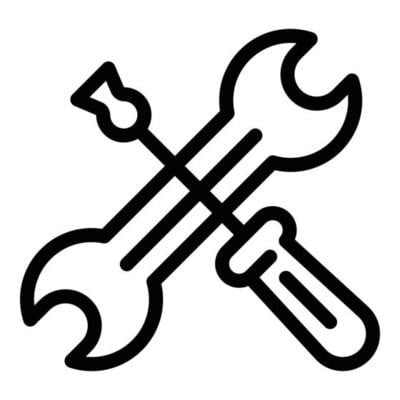
.webp)
